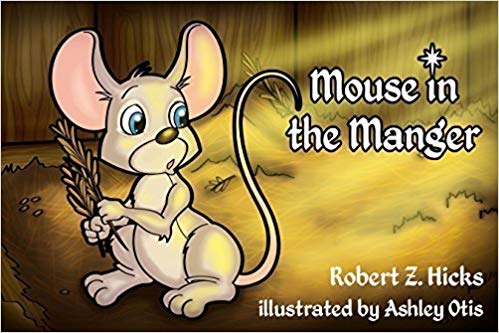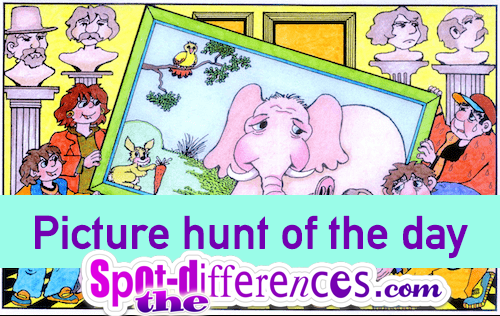Two Blind Mice – In A Squeaky Drawer by Robert Z. Hicks
Mouse in the Manger was illustrated and formatted by Ashley Otis. She incorporated the following elements that would be appropriate for children, and make it easier for them to read:
- Colored font that is simple and enlarged. Arial font is a good choice.
- The lines should be spaced apart, so the eye tracks on each line.
- There should be no “breaks” or hyphens in words at the end of a line.
- No right justification that might create irregular spacing between words.
Using short simple sentences is how rhyming stanzas are constructed, so a rhyming story is already kid-friendly.
I write by inspiration, so how did I get started on Mouse in the Manger? I remembered the mangers in the stalls in Grandpa’s barn where I released two baby mice. Here’s the whole story:
Upstairs in the big farmhouse where I grew up there was a large storage room. Halfway down the long spooky dark hall was a door on the left with a step down into the storage space.
A pile of old mattresses way back in the corner gave me a place to curl up to read or dream, or listen to the blowflies buzzing by the window. I was lying on the mattresses reading a Dick Tracey Big Little Book when I heard a faint squeaking. I traced the sound to a chest of drawers on the other side of the room.
The squeaking stopped when I slowly pulled the bottom drawer way out. There it was! Tucked way in the back of the bottom drawer was a wad of shredded paper, wool, and cloth bits fashioned into a perfect rectangle so it exactly fit the space. I hoped the shredded paper wasn’t one of my favorite comic books! Was this a mouse nest in our chest of drawers?
I carefully parted one end of the nest, and pulled the top back to see inside. Wow! There, nestled in the smooth interior compartment were two tiny baby mice. Their pink skin had no fur, and their eyes were not yet open.
Oh, oh! We had caught a mouse in a trap in the work room downstairs. Could that have been their mother? I called Mom to see. Mom told me that it didn’t matter if mother mouse was gone or not, because now that I had touched the nest, my scent would be there, and she would not return.
Obviously, mice were too destructive to have living in the house. And, it would be impossible to feed such tiny things, even if we did want to save them.
I didn’t figure on Mom’s incredible compassion for little creatures, and her ingenuity. My sister had a baby doll with its own little baby bottle that actually worked. With Mom’s patience and steady hand, she managed to entice the baby mice to drink a milk and honey formula from that little bottle. Daddy just shook his head in disbelief. Mom nursed and cared for those tiny mice until their fur had grown, their eyes were open, and they were trying to climb out of their box.
I let them go in the barn next to the mangers in the stalls where Grandpa had kept the big work horses. The barn was the perfect place. They could do no harm, and there was no one to harm them. They scampered free to live happily ever after!
Hmmmm, a mouse in the manger. A rhyme popped into my head. What would a mouse be doing in the manger? Looking for food, of course. As the story developed, I wondered if there were too many children’s books about the Christmas story. Researching, I discovered mine was different; it was in rhyme, scripturally correct, and reasonably credible.
My books have study guides with questions and answers which the Executive Director of the American Dyslexia Association told us also helped dyslexic children with comprehension and retention.
Ashley Otis began working on the illustrations, formatted the book, and got it ready to print.
You can preview and purchase the book at www.robertzhicks.com, or on Amazon.









